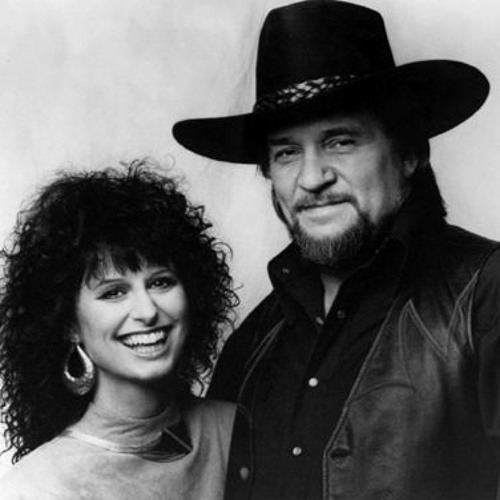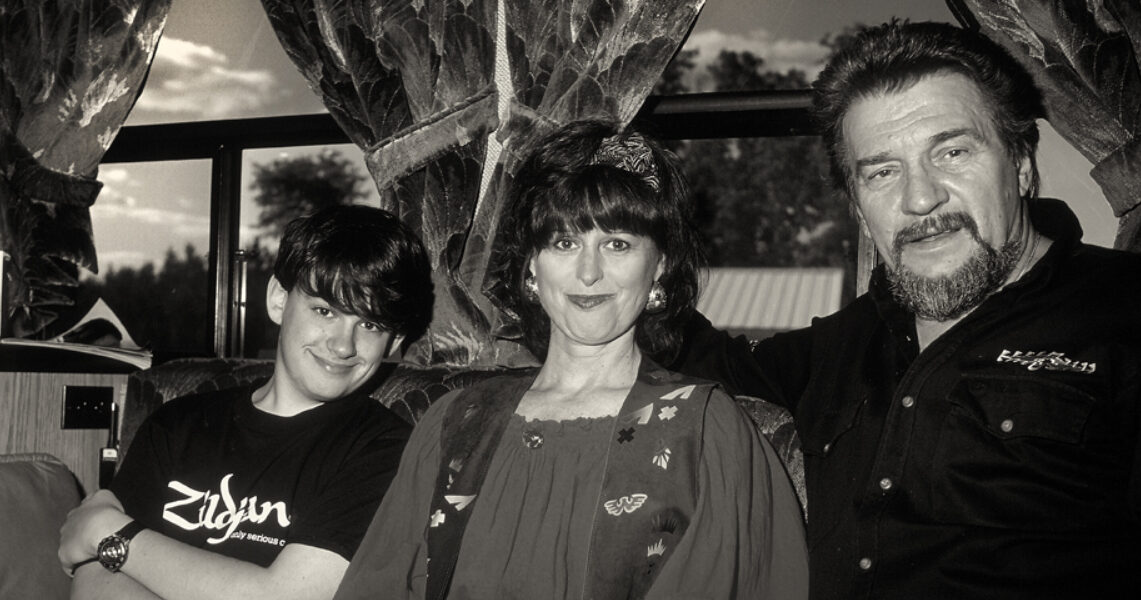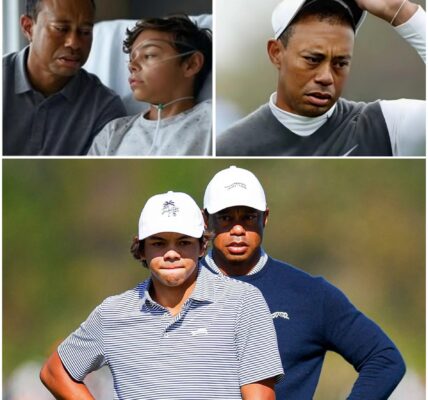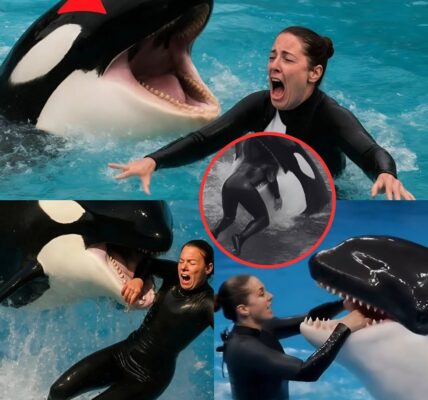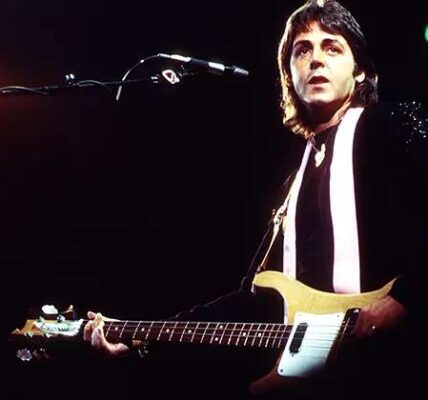Before Waylon Jennings became the outlaw country icon who reshaped Nashville’s rigid sound, before he was the gravel-voiced rebel singing anthems of freedom and pain, he was just a young man from Texas with a dream and a bass guitar. That dream took him to the side of Buddy Holly — one of rock and roll’s brightest flames — and forever tied his fate to a story so dramatic that even decades later, it still sends shivers down the spine of music lovers.
From Lubbock Dreams to Rock and Roll Reality
Life on the Road with Buddy Holly
The Day Fate Intervened
The Weight of Survivor’s Guilt
From Holly’s Bassist to Outlaw Legend
Legacy of a Shared Journey
Conclusion: The Ghost in the Music
